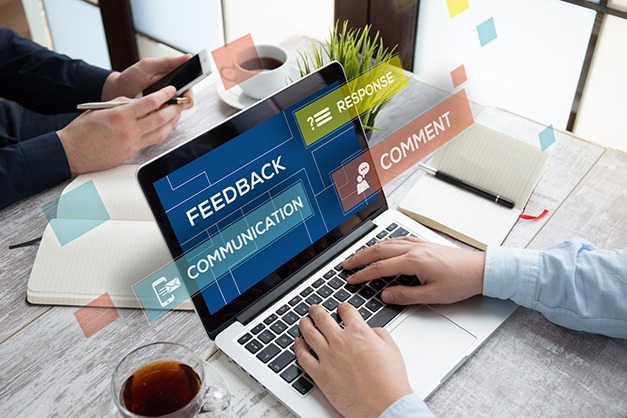Not long ago, the utility industry was doing a poor job relating to its customers as just that, customers. Reduced to impersonal references such as a “load,” “meter” or “ratepayer,” customers felt little positive connection to the utilities they paid handsomely to keep their homes out of the dark. Just imagine, for example, if McDonald’s referred to their customers as “big meals” or Geico to theirs as “high risks.” Those reductive labels tend to permeate throughout a company and have utility employees, from top to bottom, treating their customers as if they were numbers, not human beings.
At this point, utilities need to make improvements in all phases to help compensate for the fact that they’re no longer in growth mode; at best they’re sustaining, at worst, they’re in decline. Internet of Things (IoT) and products that manage and control energy consumption are on the rise. Customers aren’t just discussing the importance of sustainability, they’re making meaningful changes in how they energize their home to reduce their carbon footprint.
Utilities are only now recognizing this sea change and finding ways to communicate better with their customers about what they expect from their utilities and what the utilities can do to make that a reality.
There’s an expectation among customers that using a utility’s website for paying bills, making changes to their account or resolving issues should be easy. Those expectations are set by customer experiences with other online businesses. If it is easy on one site, it should be easy on every site. Amazon is easily recognized as an online leader by creating a customer experience that is “frustration-free.” They have set the bar high for other industries to be able to provide a similar experience for their customers.
That means making the process for the customer a fluid one. Utilities should develop processes that require few steps as possible to access their website. This includes logging on, viewing their account or paying their bill. For example, few customers will have their utility account number at the ready, so asking them to complete a multistep process before they can access their account could become a source of frustration, and deter future online interactions. Design the process from the customer’s point of view, not from the utility point of view.
But ease of doing business transcends online usage, too. Improving self-service options with mobile and IVR help reduce costs and free up call-center customer service representatives to offer service in other areas of the organization, ones with more complicated processes.
Ease of doing business is just one aspect of the utility’s need to move towards a customer-centric organization. This means deeply understanding customers’ needs and fulfilling them better than anyone else. With the changing customer landscape, it’s imperative that utility customers can count (and not dread) their interactions with the organization.
Throughout the myriad touchpoints between the customer and utility, experiences vary, as will their perception of them. It is important to evaluate how the customer perceives these interactions. This can be accomplished by deploying ongoing post-contact surveys to get feedback from the customer across all touchpoints. This feedback can identify the challenges that make it more difficult for the customer to do business with them.
Whether it’s a communications issue, outage, meter issue or billing question, The MSR Group can help identify the problems and areas to focus on that are most important to the customer; provide actionable insights to fix them, restore faith in the customer that their patronage matters, and thereby greatly improve the customer experience.
Learn more about MSR Group’s Customer Satisfaction and Measurement Program, click here.



